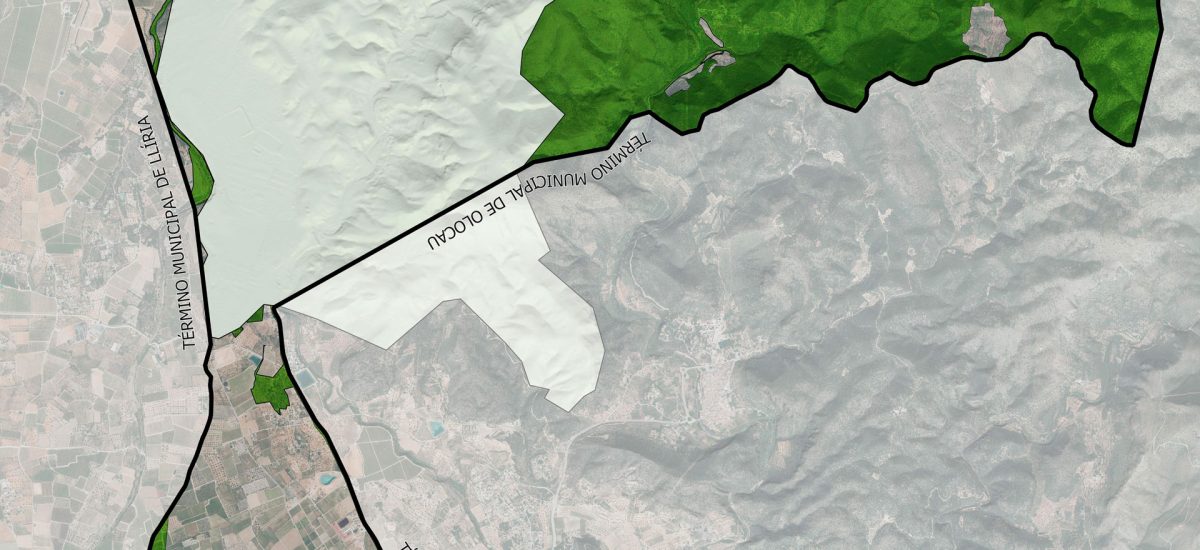The municipality of Marines (Valencia) is making progress in the revision of its planning and is about to complete a decisive step, which is the submission to the regional environmental service of the Final Proposal of the General Structural Plan drafted by AUG-ARQUITECTOS, SLP. Once this milestone is reached, it will only be necessary to wait for the evacuation of the Strategic Environmental and Territorial Declaration (DATE) and request the final approval of this plan from the regional substantive service. The planning review work is also being addressed in relation to detailed planning and the city council also has the Final Proposal of the Detailed Planning Plan.
The ordered territory is part of a natural park, also has an important orchard area with important industrial facilities and encloses a military base. Reconciling all the competing interests has not been an easy task, but despite this, the majority of the sectorial reports received during the consultation phase have been in favour or have requested minor corrections, addressed in the Final Proposal of both plans.
With the approval of the new plan, the foundations will be laid for continuing to consolidate a population that preserves the original population centre (Marines Viejo), but which has based its development on the exemplary design of Marines Nuevo. This centre, together with those of Loriguilla (1961), Cortichelles (1962) and Tous (1963) constitutes a very outstanding example of the type of planning and building model designed by the architects of the National Institute of Colonisation. In the specific case of Marines, its design is the work of architect Pedro Castañeda Cagigas, who followed the standard program for this type of town and the characteristic “rationalization of housing and its particular aspect of the normalization of the vernacular” (CALZADA PÉREZ, MANUEL).
Marines Nuevo is today a vibrant town that enjoys an enviable tranquility and quality of life, well connected to the capital through a good network of roads, close to the mountains and with a productive network that the new plan will allow to be implemented.


